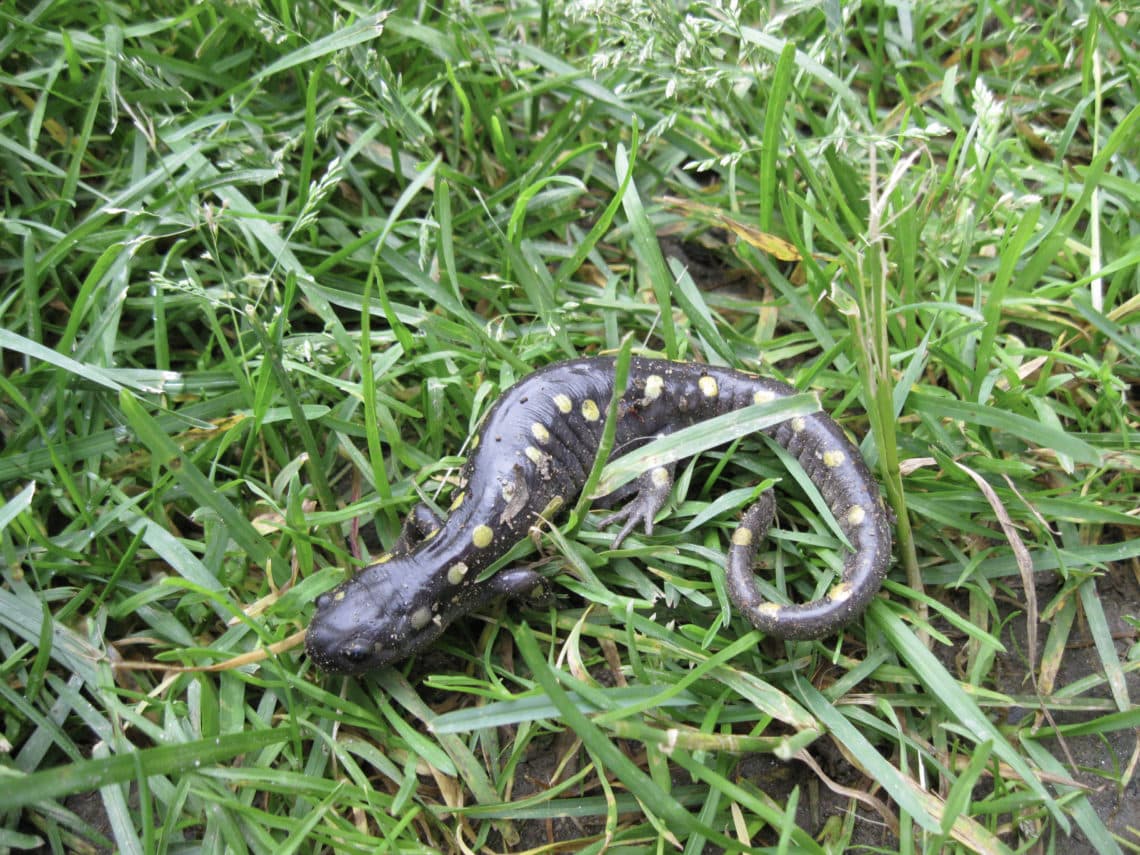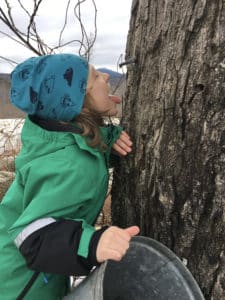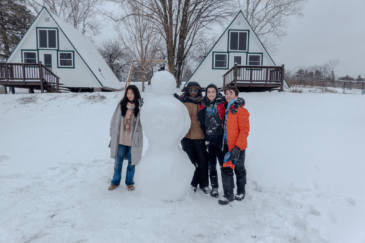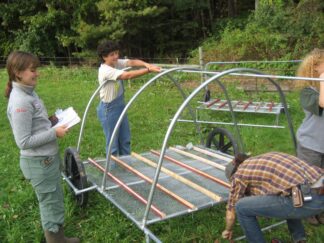Phenology at Glen Brook
May 14, 2023
2 min read

Reflection from gap director Tori Heller, March 2023
It’s the time of year when things start happening out on the landscape! Signs of spring are all around us, which makes it a great season to start learning about phenology, the study of the timing and seasonality of recurring natural events. It’s those little things we all look forward to: the first green shoot poking out of the mud, the first early morning birdsong, the new flower. Phenology is deeply rooted in the human experience, whether we’re aware of it or not!
The landscape at Glen Brook is a great place to experience phenological events. Right now, the end of the sugaring season will be upon us soon, when the nighttime temperatures don’t go below freezing and the trees begin to bud (and the formerly sweet sap starts tasting differently). I’ve heard red-wing blackbirds singing in the last week, which is one of my favorite harbingers of spring – they are our first migratory songbirds to return. Soon will be amphibian migration, which enthusiastic naturalists call “Big Night,” or the one night every early spring when the perfect combination of rain, chilly but not freezing temperatures, and thawed ground mean that spring peepers, spotted salamanders, wood frogs, and all the rest are making their way from woodlands to wetlands for the breeding season.
Paying attention to those little shifts in plant and animal life can bring so much meaning to the turning of the year. I love bringing awareness to all of these things whenever I’m teaching out in the forest. There is a unique excitement to anticipating and experiencing your favorite phenological events, whether it’s the first leaves to turn gold in autumn, or the first time it’s warm enough to spring in the lake. The next time you’re here at Glen Brook, or outside in your own favorite place in nature or even in your backyard, I encourage you to notice what’s changing around you – you may be surprised at what you find!




